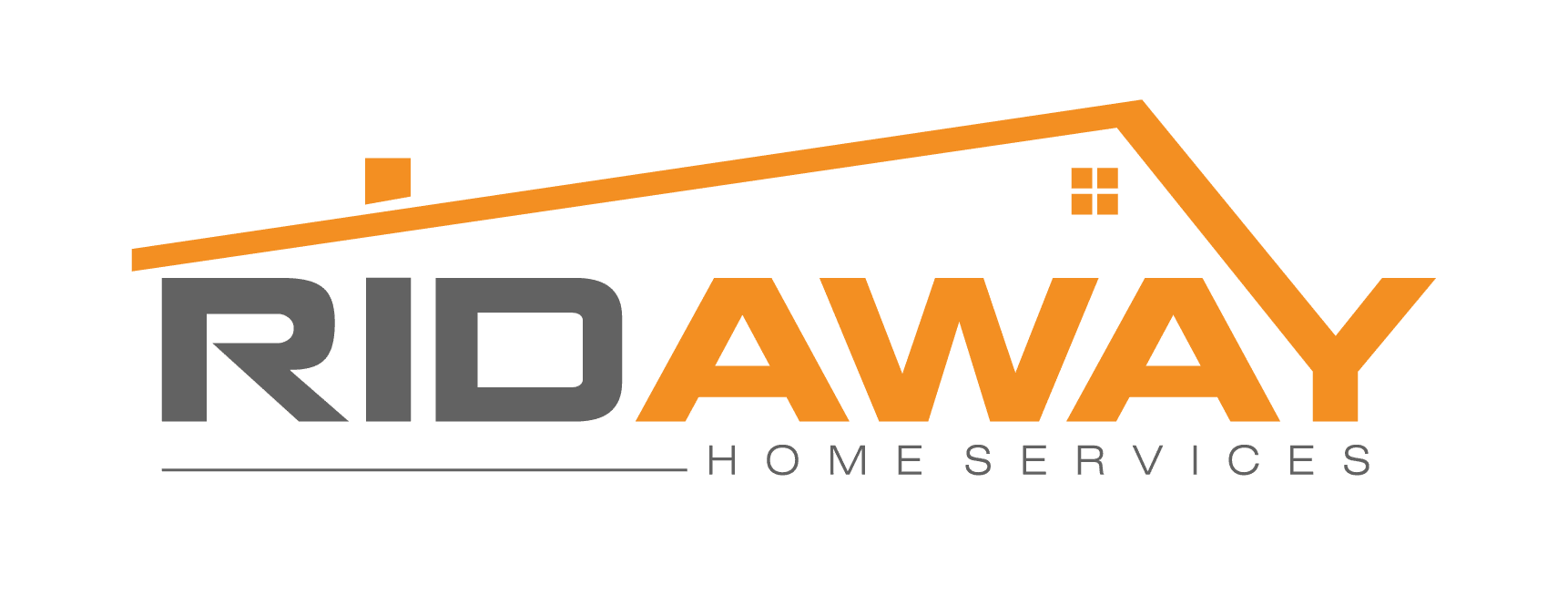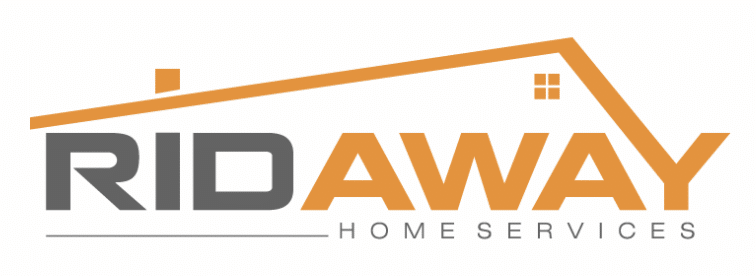Mold is a type of fungus that spreads on various damp and decayed objects.There are different kinds of molds that exist in many different colors. Mold can grow and spread in any season. It can grow indoors as well as outdoors. Outdoors, it grows on fallen leaves for nutrition. Indoors, it grows on damp walls and food. Indoor mold requires moisture to grow. Hence, the walls of basements and bathrooms are more likely to attract mold. Mold releases spores into the air that float through the air causing allergies, itching, sneezing, runny nose, watery eyes, etc.
Understanding Black Mold:
One such mold is Black Mold. It is scientifically known as Stachybotrys Chartarum. Black mold is a toxic, dangerous mold that thrives in damp, humid environments. It is characterized by a dark-greenish color and has a musty odor to it. Understanding black mold is crucial in understanding its health hazards.
Health Risks For Children:
While mold is dangerous for all human beings, children are particularly at a high risk of getting affected by it because of their low immune system. Common health hazards associated with black mold exposure include breathing problems, sinus infections and in some cases it can also trigger asthma.
Identifying Signs and Symptoms
It is important to identify and address any signs and symptoms related to black mold exposure in your child. Keep an eye out for symptoms such as persistent coughing, itching, coughing, runny nose, watery eyes, nausea, fatigue. All these symptoms may indicate a potential black mold toxicity.
Detecting Black Mold in Your Home:
Black mold growth accelerates in the areas that are damp and wet, for example walls of basements and bathrooms. Therefore, it becomes important to inspect your home for any black spots, discolouration or musty smell. Another necessary thing is to properly ventilate the living room in order to prevent black mold growth.
Prevention and Remediation:
Preventing black mold growth is crucial in protecting your child from black mold exposure. In order to prevent black mold growth one can try doing the following thing:
- Proper Ventilation in bathrooms and basements
- Regular inspection of walls that damp or susceptible to water leaks
- Using dehumidifiers for living rooms
- Disinfecting damp walls regularly
Seeking Medical Assistance:
If you suspect your child is suffering from black mold related allergies or health issues, it is important to consult a medical professional or a pediatrician in order to prevent any further damage to your child's health. Your child's pediatrician or an allergist may be able to provide specific guidance based on their symptoms and medical history.
Creating a Healthy Living Environment:
Besides addressing black mold concerns, creating a healthy living environment for your child involves:
- Promoting good indoor air quality
- Maintaining cleanliness
- Implementing effective allergen control strategies
- Regularly cleaning and vacuuming your home to reduce dust and allergens
- Using high-quality air filters
- Using air purifiers to improve indoor air quality
- Ensure proper ventilation in all rooms
- Avoid excessive moisture buildup.
If you notice any signs of mold growing in your home, the first step to take is to contact professional mold removal services. With the risks involved in mold inspection and removal, this is a job best left in the hands of a certified professional. RidAway has the qualifications and dedication to ensure the work is done to the highest standards. Ridaway is EPA approved, fully licensed and insured and uses industry grade technology.

